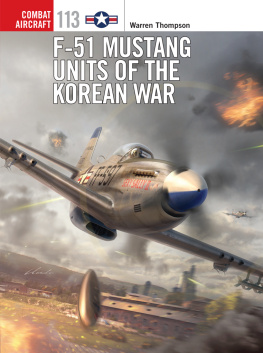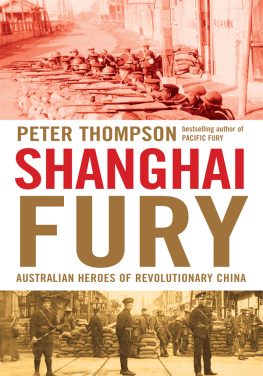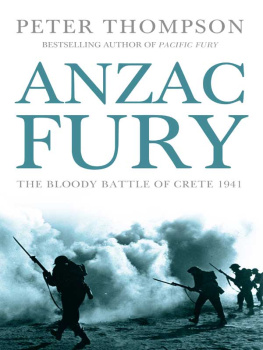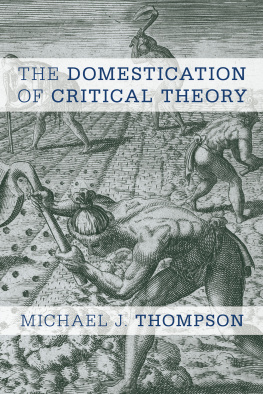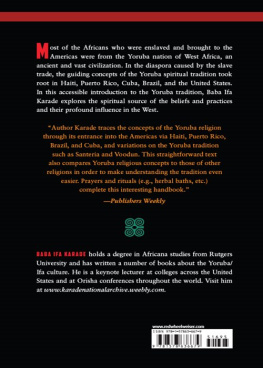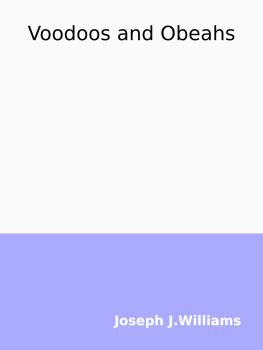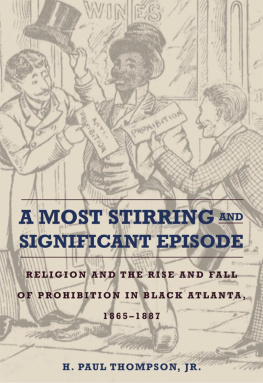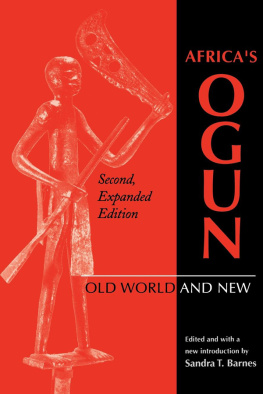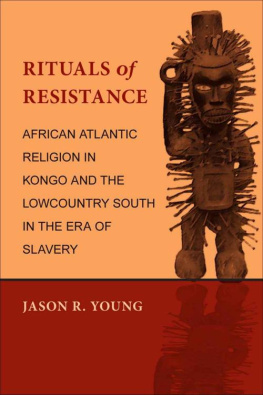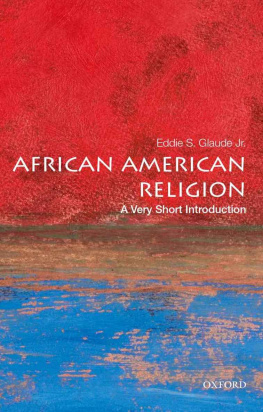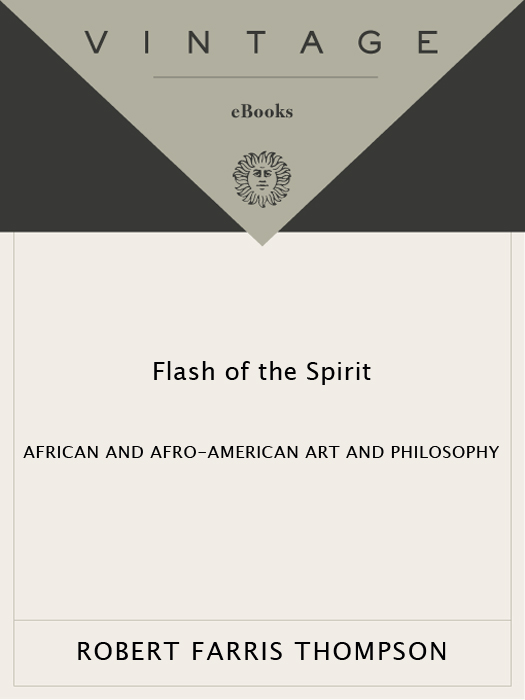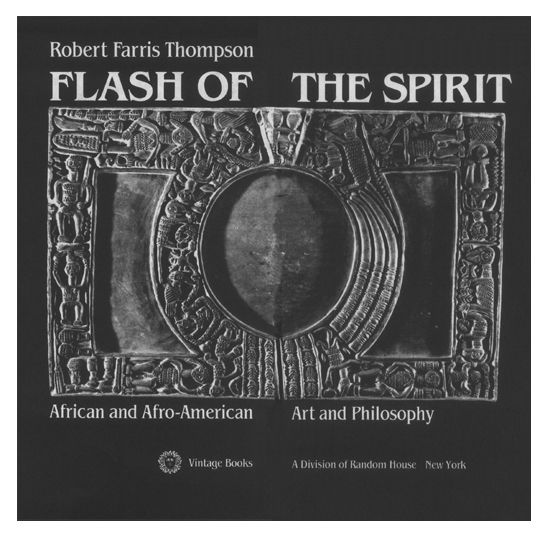First Vintage Books Edition, August 1984
Copyright 1983 by Robert Farris Thompson
All rights reserved under International and Pan-American Copyright Conventions. Published in the United States by Random House, Inc., New York, and simultaneously in Canada by Random House of Canada Limited, Toronto. Originally published by Random House, Inc. in 1983.
Library of Congress Cataloging in Publication Data
Thompson, Robert Farris.
Flash of the spirit.
1. BlacksAmericaHistory. 2. Afro-AmericansHistory.
3. Arts, BlackAmerica.
4. Afro-American arts.
I. Title.
E29.N3T48 1984 973.0496 83-40298
eISBN: 978-0-307-87433-7
v3.1
For Dr. and Mrs. R. F. Thompson,
the late Mrs. E. B. Hood, and
Henriette Wyeth Hurd
Acknowledgments
An artist in Nigeria once taught me a proverb: One tree cannot make a forest (Igi kan k sigbo). In other words, a person who does not work together with his colleagues and his friends will not accomplish very much. The recognition of this truth lies behind all acknowledgments.
Thus with profound pleasure and gratitude I record, first of all, the names of the women and men without whose fundamental contributions in the field of African or Afro-American aesthetics I doubt this book would have been conceived at allW. E. B. DuBois, Melville J. and Frances S. Herskovits, Zora Neal Hurston, Maya Deren, Harold Courlander, Alan Lomax, Alan Merriam, Roy Sieber, Richard Alan Waterman, Marshall W. Stearns, Nat Hentoff, William Bascom, Jean Price Mars, Alejo Carpentier, Argeliers Len, Lydia Cabrera, Arthur Ramos, Ralph Ellison, William Fagg, Kenneth Murray, Frank Willett, Roger Bastide, Pierre Verger, Ulli Beier, Janheinz Jahn, Kwabena Nketia, and Don Fernando Ortiz. Their work encouraged my lifetime interest in African/Afro-American musical and visual contributions.
Several friends and colleagues generously read my manuscript, in part or in its entirety, and made many useful suggestions. Nancy Gaylord Thompson, William Rout, Richard N. Henderson, Richard and Sally Price, George Kubler, Henry Drewall, Sidney Mintz, Paul Newman, Roger Abrahams, John Szwed, Perkins Foss, John Janzen, Jan Vansina, Wyatt MacGaffey, Fu-Kiau Bunseki, Daniel Biebuyck, Nehemiah Levtzion, Charles Bird, Keith Nicklin, Araba Eko, Clarence Robins, Lydia Cabrera, Dennis Warren, Roy Sieber, Claude Savary, Harold Courlander, L. Prussin, and K. Campbelle.
The following persons helped in various ways: Vincent Scully, Nelson Ikon Wu, Charles Seymour, Sheldon Nodelman, Robert and Fi Herbert, Leonard Doob, Leon Lipson, Sumner Crosby, Arthur Wright, Anne Hanson, John Blassingame, Richard Morse, Henry Louis Gates, Jr., Margaret Webster Plass, Bernard Fagg, Jacqueline Delange, Charles Ratton, Jrgen Zwernemann, Ekpo Eyo, Kenneth Murray, John Picton, Oginnin Ajirotitu, A. Onayemi Williams, Alaperu Iperu, Adisa Fagbemi, Wole Soyinka, Tahonzagbe Hountondji, C. Malcolm Watkins, Clarence Robins, Ted Holiday, John Amira, Sunta, John Mason, Babalosha Adefunmi, Akinleye Awolowo, B. C. de Groot, J. Douglas, Valdelice Giro, Katherine White Reswick, Morton D. May, Huguette van Geluwe, Vinigi Grottanelli, Albert Maesen, Ezio Bassani, Aldo Tagliaferri, Carlo Monzoni, Jos Adario dos Santos, Deoscoredes e Juana dos Santos, Vivaldo da Costa Lima, Clodimir Menezes da Silva, Renato Ferraz, Christopher Healey, Janina Rubinowitz, Gaama Gazon, Leo Fonseca e Silva, John Dwyer, Arlete Soares, Balbino, Arnaldo e Helma Marques, Oresto Mannarino, Alain Chevalier, Ragnar Widman, Bertil Sderberg, Torben Lundbaek and Paul Mork, Sylvia de Groot, Andr Kbben, Ambassador Franklin Williams, Ambassador and Mrs. Oakley, Lloyd and Sarah Garrison, Agogohene of Agogo, Thomas Akyea, Mr. and Mrs. Michael Hoyt, Rick Lawler, Peter Eno, Charles Miller, Chiefs of Ngbe and Obasijum at Itu and Defang (Cameroon), Obon Ndidem, Big Qua Town (Calabar), Gerry Amede, Ludovique Elien, Nathaniel Spear III, Mrs. Edward Webb, Albert Sanders, Judith Wragg Chase, Harris Lewis, Andrew Lewis, Muriel and Malcolm Bell, Mary Granger, Andr Phanord, Andr Pierre, Frre Cornet, Nestor Seuss, Gweta Lema, Shaji, Mrs. William R. Eve, Mr. and Mrs. Clemens de Baillou, Barbara Rivette, Elisabeth Coffman, Earle S. Teagarden, Patrick Pleskunas, Junellen Sullivan, J. Carter Brown, George Ellis, Regan Kerney, Robert L. Bernstein, and P. Lawford.
I salute the strong support of my editor at Random House, Erroll McDonald, who helped to shape and protect this book; the inspiring presence of my children, Alicia and Clark; and, above all, the priestesses and priests of traditional Africa, and of Afro-America, who guard the coming of divine aspiration from heaven to this world.
R.F.T.
New Haven
October 1982
Contents
O NE Black Saints Go Marching In:
Yoruba Art and Culture in the Americas
T WO The Sign of the Four Moments of the Sun:
Kongo Art and Religion in the Americas
T HREE The Rara of the Universe:
Vodun Religion and Art in Haiti
F OUR Round Houses and Rhythmized Textiles:
Mande-Related Art and Architecture in the Americas
F IVE Emblems of Prowess:
Ejagham Art and Writing in Two Worlds
Introduction
The Rise of the Black
Atlantic Visual Tradition
Listening to rock, jazz, blues, reggae, salsa, samba, bossa nova, juju, highlife, and mambo, one might conclude that much of the popular music of the world is informed by the flash of the spirit of a certain people specially armed with improvisatory drive and brilliance.
Since the Atlantic slave trade, ancient African organizing principles of song and dance have crossed the seas from the Old World to the New. There they took on new momentum, intermingling with each other and with New World or European styles of singing and dance. Among those principles are the dominance of a percussive performance style (attack and vital aliveness in sound and motion); a propensity for multiple meter (competing meters sounding all at once); overlapping call and response in singing (solo/chorus, voice/instrumentinterlock systems of performance); inner pulse control (a metronome sense, keeping a beat indelibly in mind as a rhythmic common denominator in a welter of different meters); suspended accentuation patterning (offbeat phrasing of melodic and choreographic accents); and, at a slightly different but equally recurrent level of exposition, songs and dances of social allusion (music which, however danceable and swinging, remorselessly contrasts social imperfections against implied criteria for perfect living).
Flash of the Spirit is about visual and philosophic streams of creativity and imagination, running parallel to the massive musical and choreographic modalities that connect black persons of the western hemisphere, as well as the millions of European and Asian people attracted to and performing their styles, to Mother Africa. Aspects of the art and philosophy of the Yoruba of Nigeria and the Republic of Benin; the Bakongo of Bas-Zaire and neighboring Cabinda, Congo-Brazzaville, and Angola; the Fon and Ewe of the Republic of Benin and Togo; the Mande of Mali and neighboring territory; and the Ejagham of the Cross River in southeastern Nigeria and southwestern Cameroon, have come from sub-Saharan Africa to the western hemisphere.



